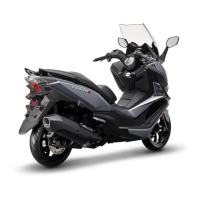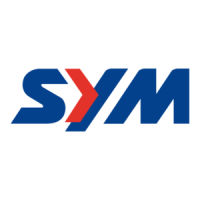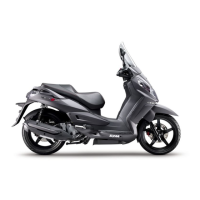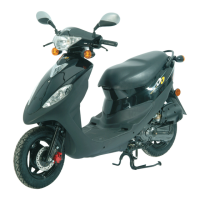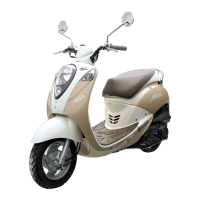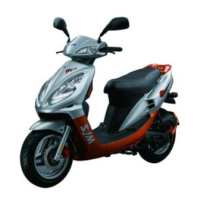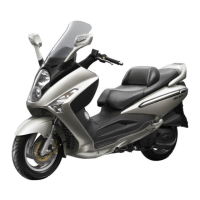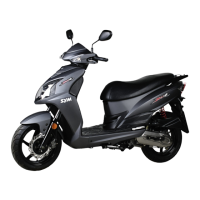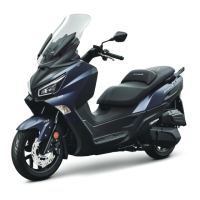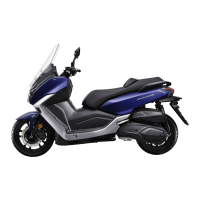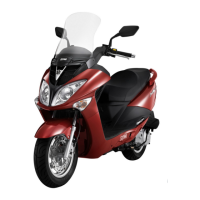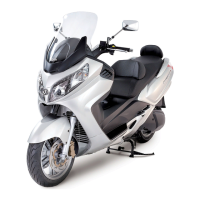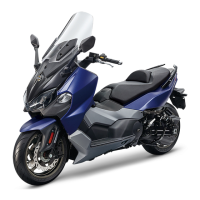What to do if my Sym CRUiSYM A engine does not start?
- MMolly MartinAug 5, 2025
If your Sym Scooter's engine won't start, make sure the ignition switch key is in the “ON” position. Also, check that there is enough fuel in the tank and that the fuel gauge isn't on “E”. Ensure you're applying either the rear or front wheel brakes when pressing the start button and that the engine stop switch is in the correct position. If the issue persists, turn the ignition switch key “ON”, and press horn button down. Finally, inspect the fuse box under the front compartment cover for melted wires, which would indicate a blown fuse needing replacement.
